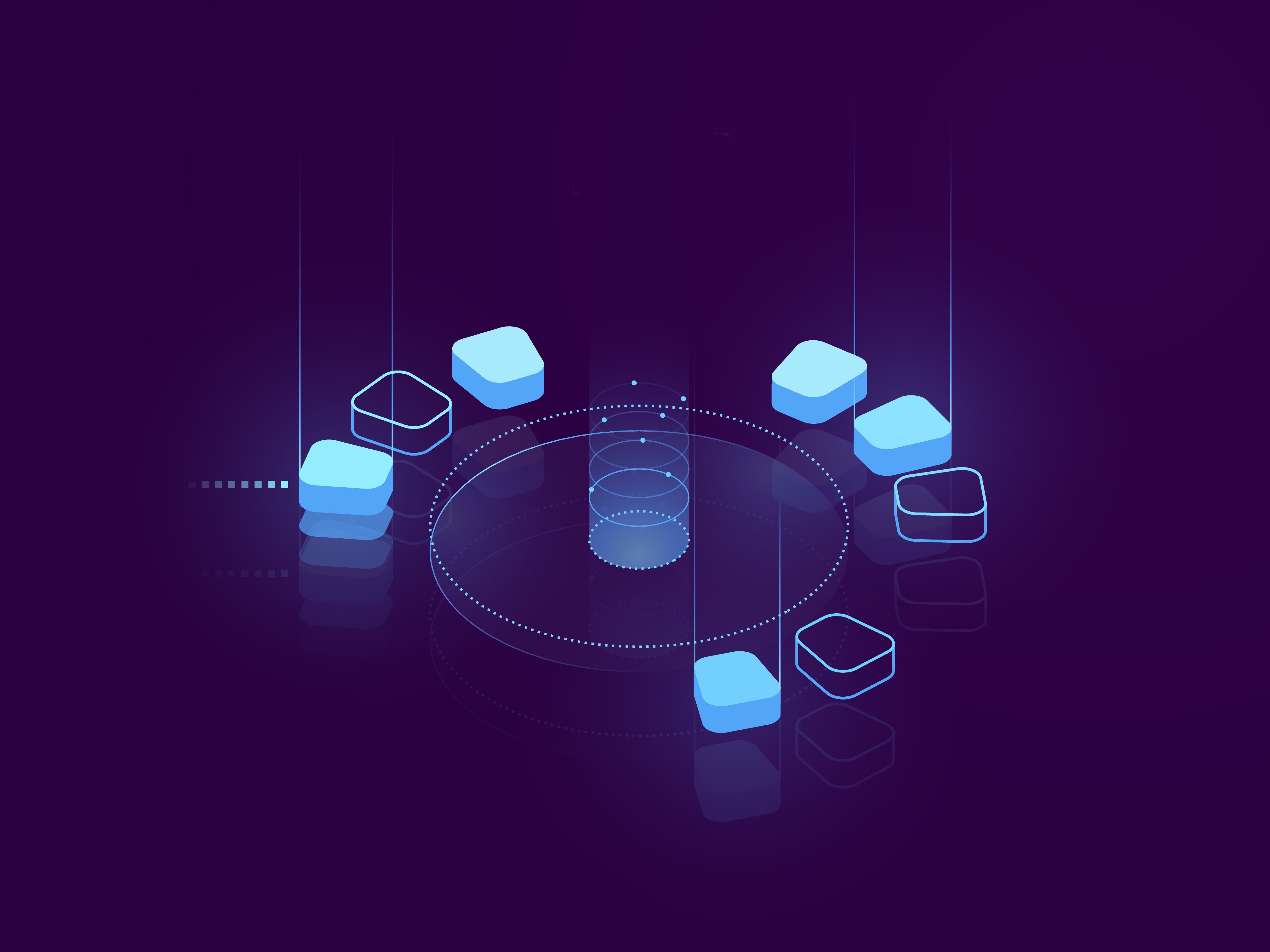Trying to weigh up data warehouse vs BI tools? We think you need both. Find out how to unlock the power of your data with expert advice from Kleene.
The data tooling space is complicated and confusing. Many overlapping solutions promise to solve the same fundamental challenges. How can you extract the most analytic value from the data you capture? And what are the advantages of a data warehouse vs BI?
It doesn’t help that some data presentation layer tools claim to cure all your data ills. Yes, I’m looking at you, Tableau, Power BI, Looker and Qlik!
They’re all fantastic products in their own right. Creating powerful visualizations, data storytelling and building scheduled, auto-updating and easily distributed dashboards? It’s right in the wheelhouse for each of them.
However, they will tell you they can tackle connecting and processing data as well. Don’t believe it. These tools aren’t designed for data storage and processing at significant volumes. And here’s why.
Taking stock of your systems
Effective data analysis depends on three types of system. Operational systems capture data such as finance metrics or marketing KPIs. The middle layer is the data warehouse, where data is cleaned, structured and stored. Finally, BI tools help your team to present data in a way that supports effective decision-making.
All three types play a crucial role. It may be technically possible to connect your operational systems directly to your BI tools, but with reduced functionality. Consider these steps, which truly unlock value in your data. If you cut out the data warehouse, where will they take place?
- Data cleansing, e.g. using regular expressions to pull digital marketing campaign data from UTM strings
- Data flattening, e.g. unpacking nested JSON data from an API response like HubSpot or Google Analytics
- Joining, e.g. connecting your CRM data to your website traffic data and transactional order data to create a single customer view
- Storage, e.g. maintaining a single customer view, which is updated incrementally. You’ll need to balance the need for updates with reliable numbers that don’t constantly change.
These steps are simply out of reach of a BI visualization tool. Tableau Prep, LookML, PowerBI DAX and Qlik QVD don’t offer the functionality that could replace a well structured data platform.
The true power and value of any BI tool is realized when the data is sorted upstream. That’s why we’d argue it’s not a question of data warehouse vs BI. There’s no getting around the need for that vital middle layer – you need both.
Want to know more about what Kleene can do for you? With your input and direction, we tackle your data challenges for you. Get started with one of our experts, today.


